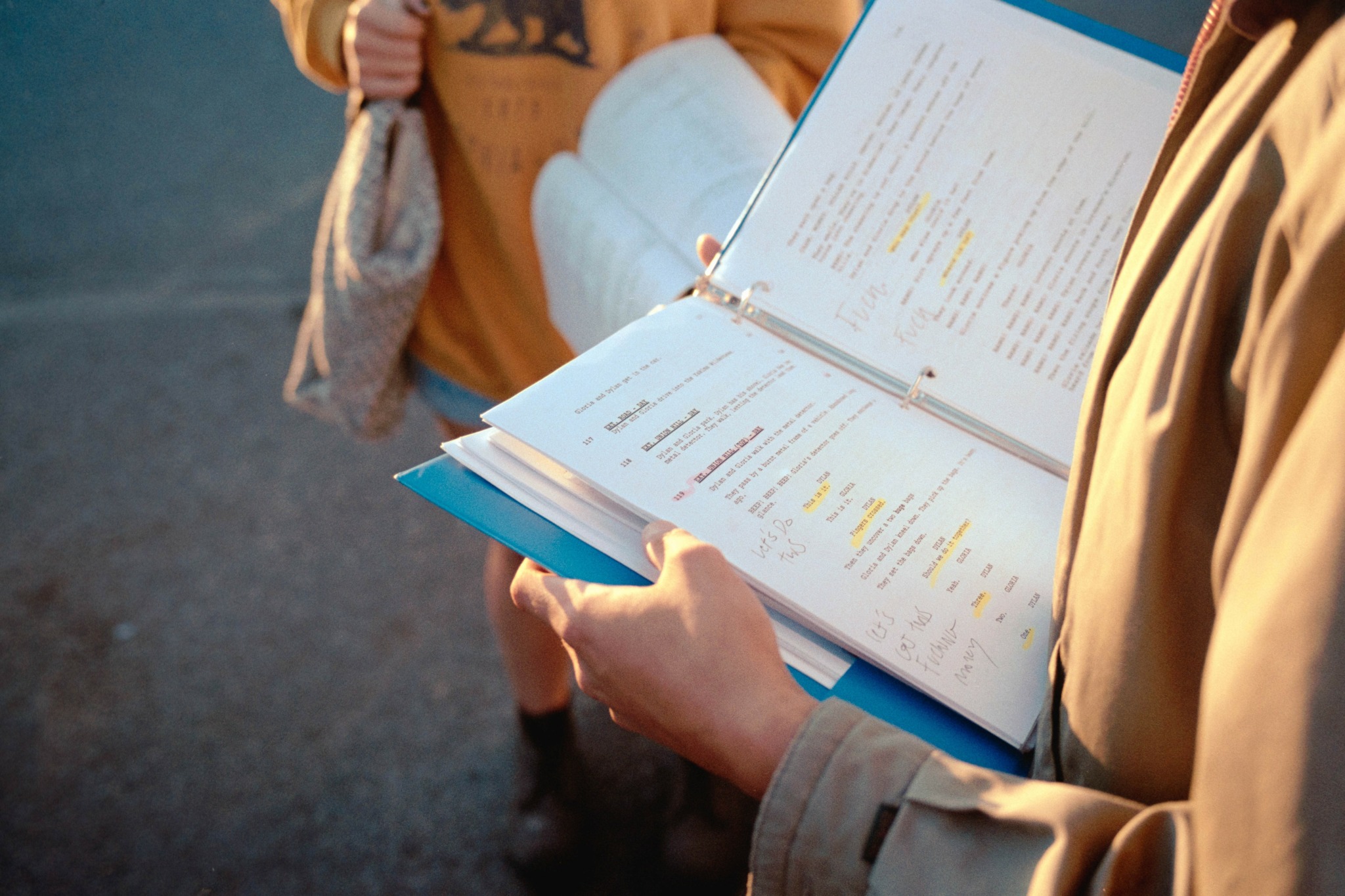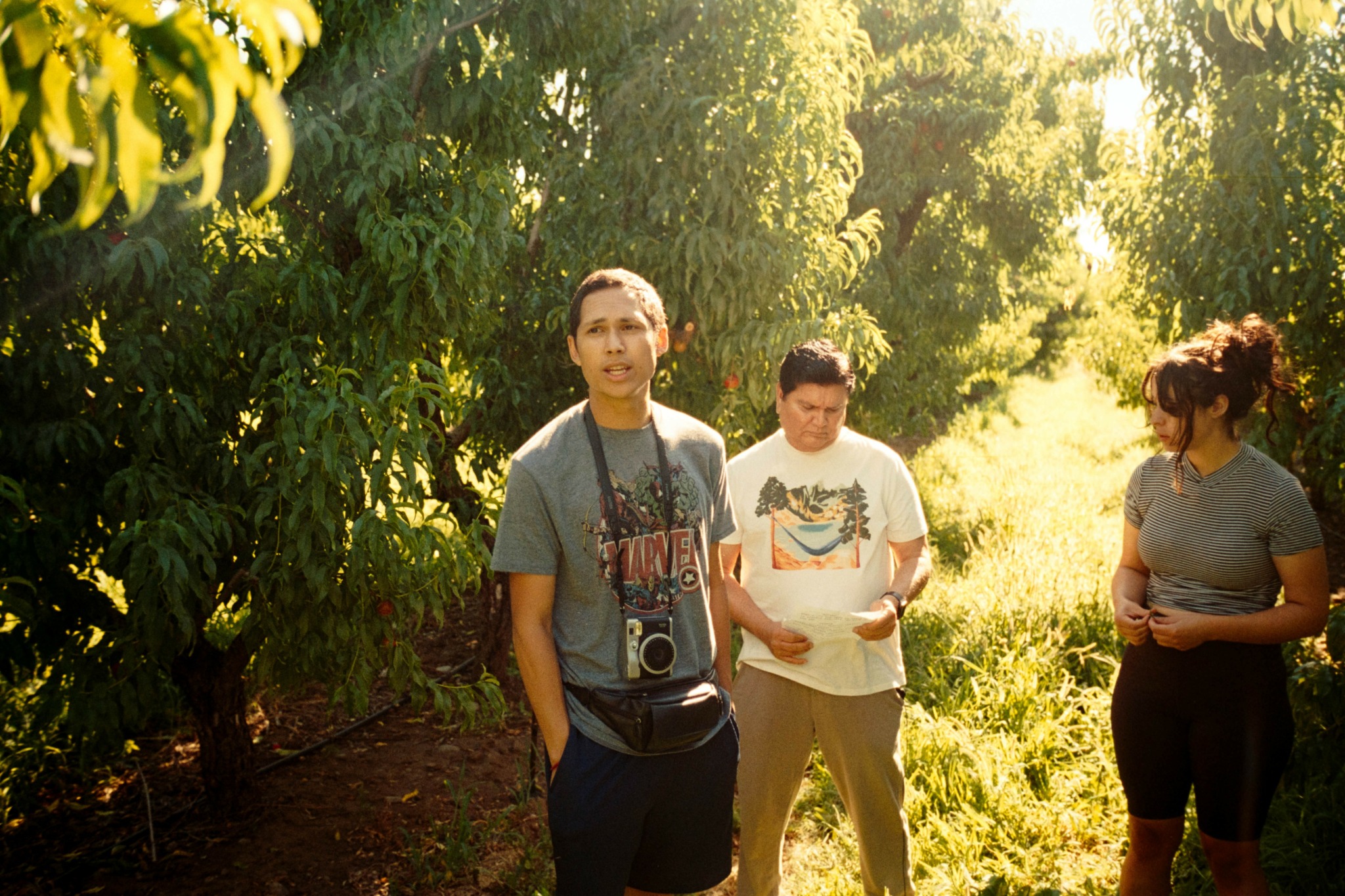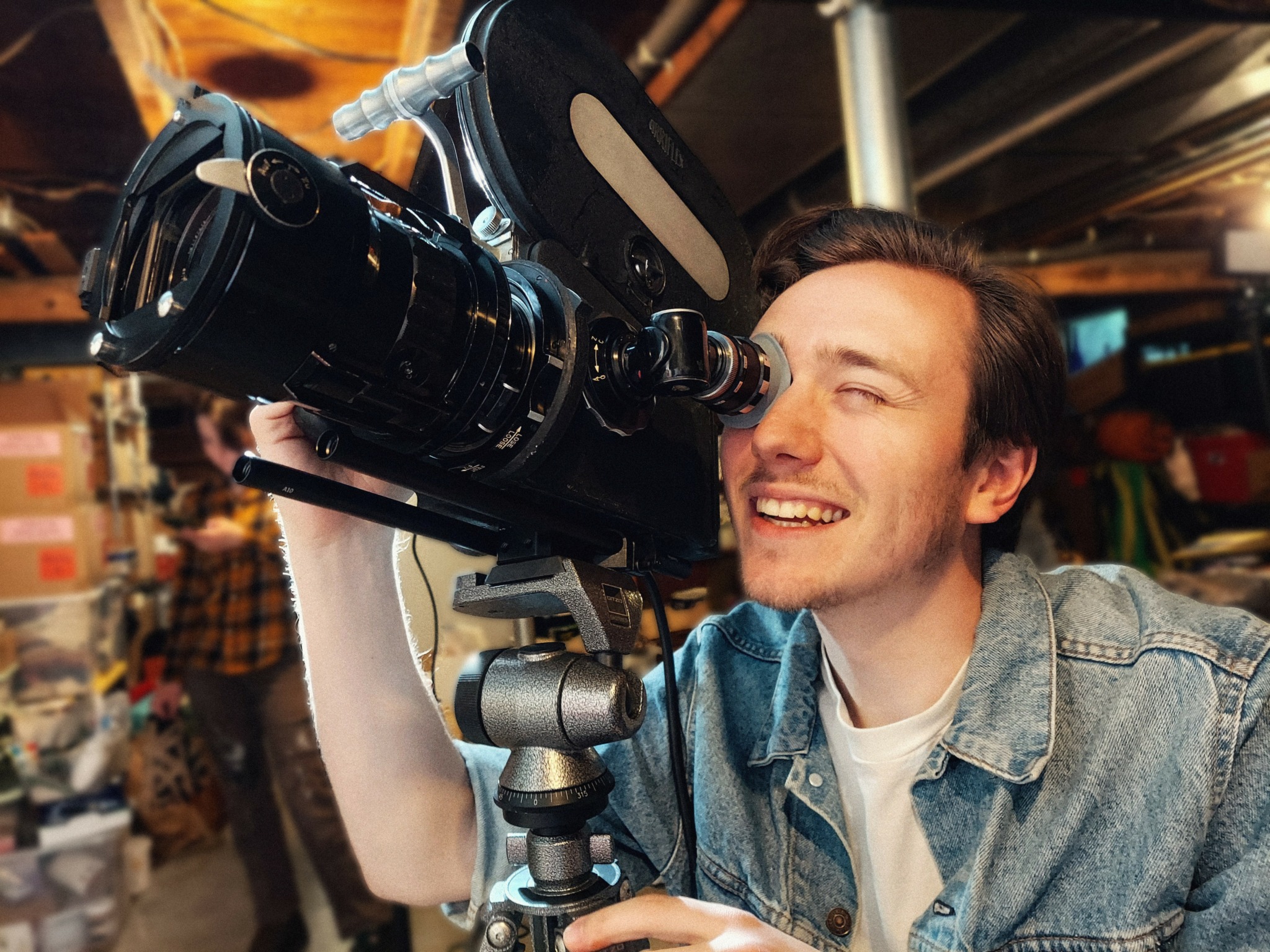We caught up with the brilliant and insightful Ethan Hansen a few weeks ago and have shared our conversation below.
Ethan, appreciate you joining us today. To kick things off, we’d love to hear about things you or your brand do that diverge from the industry standard.
“Filmmaking only brings suffering.”
-Hayao Miyazaki
It was the smell of a rotting animal carcass in 100 degree weather on the side of the highway that made me ask myself what I was doing here. It was the sixth day of shooting for our next feature film. My role on set was Director of Photography. I had spent the last evening planning with Jordan Ros, the director, how we should tackle the next day of filming, since we had a massive shootout and car chase to film.
Since 7am we had been running on coffee and gummy snacks, five hours into the shoot, and still had several more to go before we would wrap for the day. But this wasn’t our first rodeo. Since 2020, I have been working with my two collaborators, Jordan Ros, and Zach Hendrix on thirteen other feature films. This time though, we were making our largest film yet.
This film, Little Black Submarines (2023), is a crime film set in the deserts of Yakima Washington, where a young girl has to follow a series of clues leading to half a million dollars left by her deceased criminal father. But soon she finds out that she’s not the only one looking for the money. This film pushed us as filmmakers like never before. We had to tell a massive story that had gunfights, car chases, and an old school western shootout, and we only had fourteen days to shoot it all. By all means, this movie should have been impossible to make. Not only was the time frame very short for how much we had to do, but there was no room for anything to go wrong.
What made this movie possible was that we don’t follow the Hollywood approach to making a movie. By keeping our shooting team small, and keeping our schedule flexible, we were able to keep ourselves moving through production at a fast pace. Often, we were shooting fifteen pages of script a day, while the Hollywood average is around six pages.
When it comes to getting our movies distributed, we put them all on YouTube for free. We have found this to be the fastest and most direct way to reach new audiences, and over the last five years, have accumulated over 30,000 views on our films. This way of distribution has led us to become part of a filmmaking movement called Folk Filmmaking, a community of truly independent filmmakers who self fund their feature films, and list them online for free. Filmmakers of notoriety in the movement include Joel Haver, Dan Lotz, and Cody Clarke, but there are countless more.
This rapidly growing community has decided to move away from the “traditional” way of filmmaking that is often full of red tape, and gatekeeping. Instead, we choose to embrace the limitations of making a movie without budgets, crew, and normal routes of distribution. The focus of success through money is exchanged for the simple success of making the movies that you want to make. There is no asking for permission, or looking for a studio to give your script the green light. Rather, you get ultimate creative control over your movie from start to finish. We didn’t choose this way of filmmaking because it’s easier, honestly it continues to be the hardest thing we’ve done, and on each project we have many sleepless nights, long drives to locations, and spend hours and hours putting together shooting schedules that are almost guaranteed to be changed. But for whatever reason, we keep coming back for more.


Ethan, before we move on to more of these sorts of questions, can you take some time to bring our readers up to speed on you and what you do?
In 2020 I helped co-found Doomed Productions, a studio built around creating independent feature films, and sharing our experiences through free online educational videos. Our goal is to help build up the next generation of filmmakers and to help remove the roadblocks that often prevent young filmmakers from making their own independent feature films.
I began my filmmaking journey during high school. My friends and I would make short films in our free time after school. After a few years we had improved our filmmaking skills and even won some awards in some local film festivals.
By the time I was graduating from college, we had gained a lot of experience in making short films, and we had begun to set our plans on making a feature film. Our shoot was set to begin at the end of March, 2020. Due to COVID, our plans obviously fell through. We were left with a choice, to abandon our plans and do nothing, or use this time to push ourselves as filmmakers. We decided to pivot our plans and instead of making one film, we each made a feature film on our own. We found the experience to be exciting and pushed us into new creative areas.
Continuing into 2021, we made five more feature films. We also made lots of connections with filmmakers through the Folk Filmmaking movement online where we found many other creatives making feature films. With this newfound community, we continued to push ourselves to make bigger and better films, and with that we shared all that we learned on our YouTube channel so that other filmmakers could learn from our mistakes and successes.


What’s a lesson you had to unlearn and what’s the backstory?
When learning how to make a film, the industry teaches that you should move slowly on set to make sure everything looks its best, and once you are in post production, you need to get the film finished and out quickly to meet deadlines. But when making a truly independent feature, we found that the opposite to be true. We have found that we work at our best when we can move quickly on set. We accomplish this by putting a lot of time into planning our shoots in advance so that on the day of shooting, we know exactly what it is we need to accomplish and don’t waste time with long setups that eat into our shooting schedule. Once we are in post production, there is no rush for when a project needs to be done. It might take a week to edit, or a month, or a year. There is no one there to tell you when to finish. This is a very liberating way to work. If you find that you need to add more to your film later on, there is nothing stopping you from doing that. You can take the time to mold your film into whatever it needs to be.


We’d love to hear the story of how you built up your social media audience?
To share our filmmaking experience with up and coming filmmakers, we put a lot of time into our YouTube channel to be a hub for people to come learn from us so that they could be inspired to make their own films. We also interviewed several filmmakers from around the world through our podcast series to showcase the works of other Folk Filmmakers. Through this found community, we have built up a dedicated grass roots fanbase.
We found that the best way to build our audience was authentic connection with each of our viewers and to make ourselves available through live streams, Q&A’s, and videos based on fan asked topics. We would also shout out filmmakers that shared their work with us. This intentional engagement helped our viewership and audience engagement grow.
Contact Info:
- Instagram: https://www.instagram.com/d00medproductions/
- Facebook: https://www.facebook.com/Doomedproductions
- Twitter: https://x.com/doomed_pro
- Youtube: https://www.youtube.com/@DoomedProductions


Image Credits
Ethan Hansen, Calob Robinson, Kate Rodriguez


